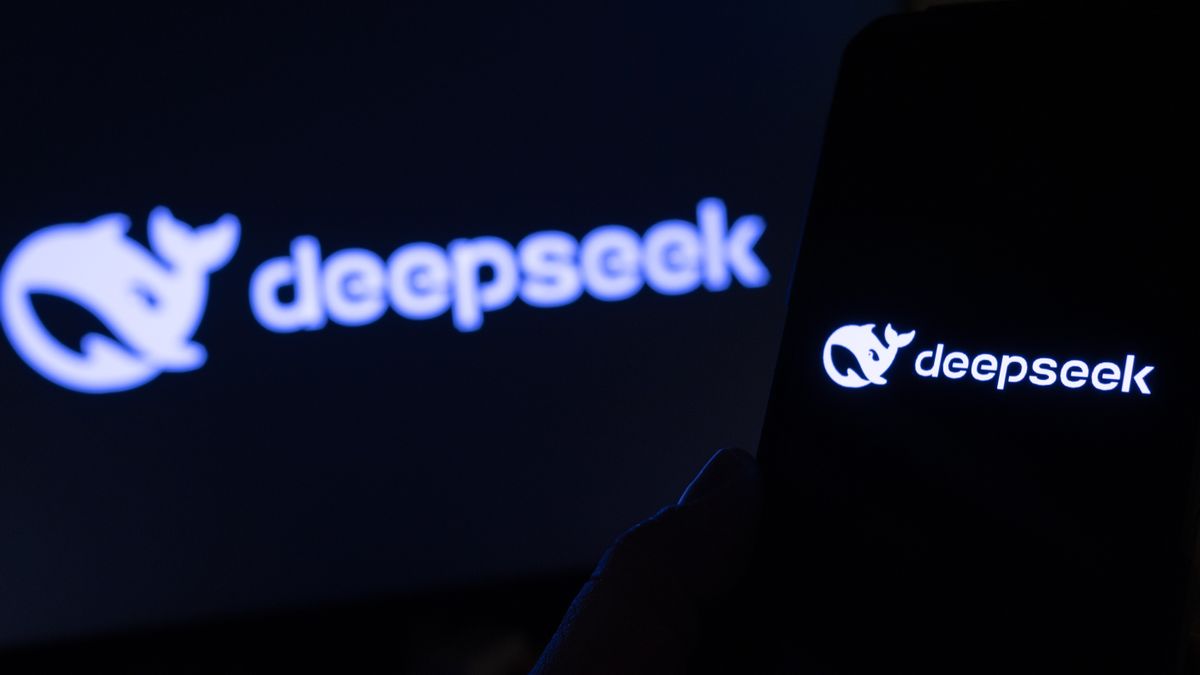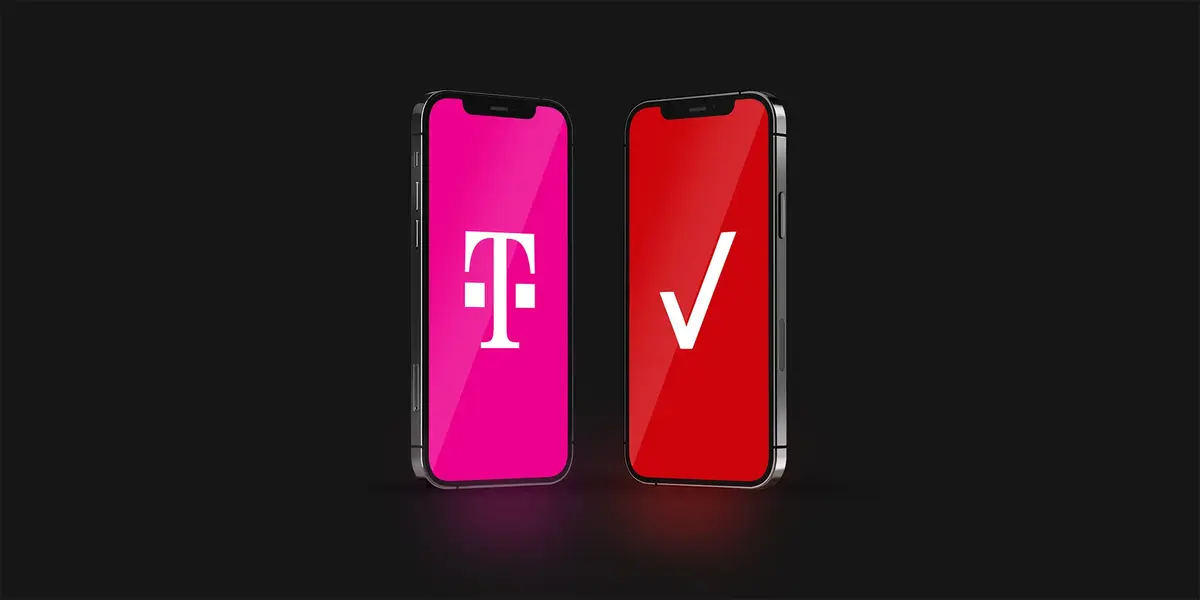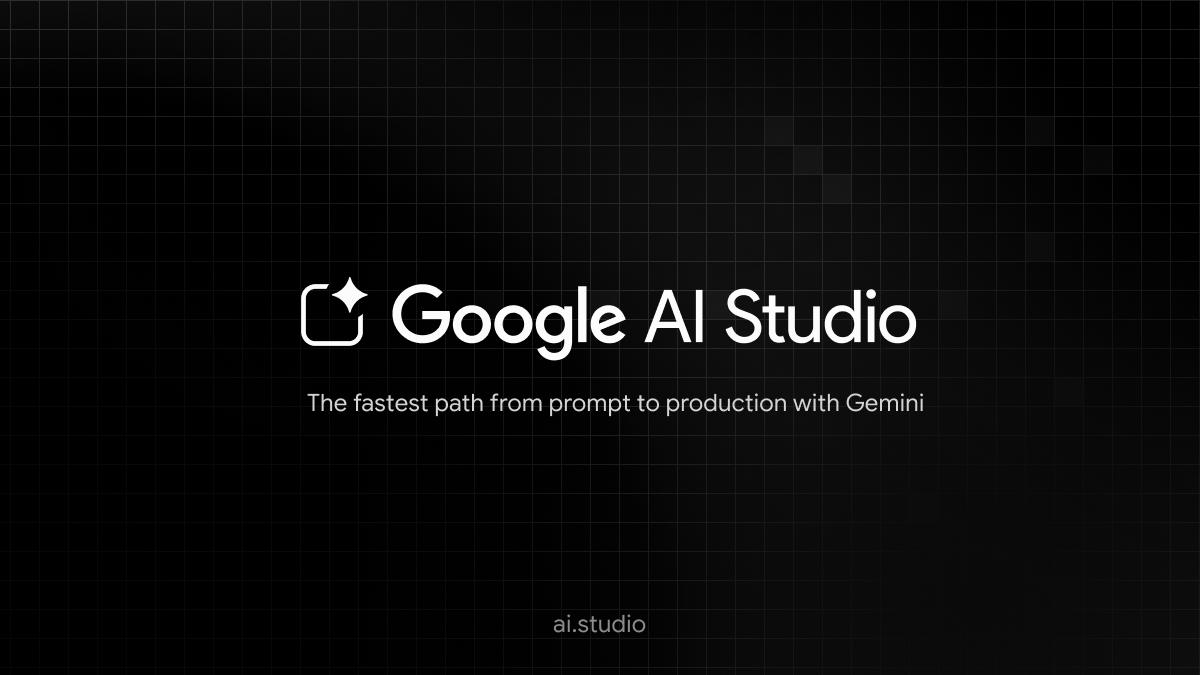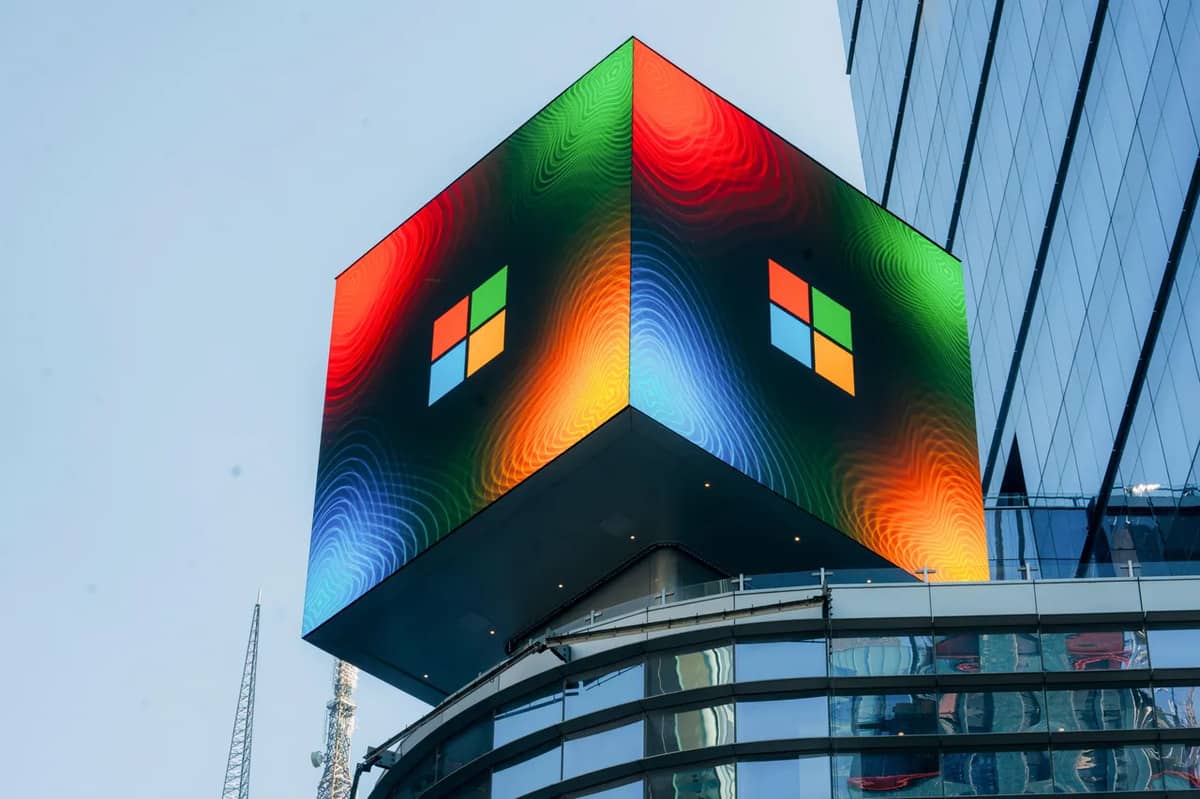Artists and creators are increasingly embracing the term “promptography” to describe AI-generated images, aiming to distinguish the process from traditional photography or art.
The term was first coined by Peruvian photographer Christian Vince and gained traction after artist Boris Eldagsen used it to frame his rejection of the Sony World Photography Award.
Unlike photography, which involves capturing real-world moments with light, promptography involves crafting visual outputs through text prompts, highlighting the deliberate and iterative nature of this creative process.
Supporters of the term argue it accurately reflects the human artistry involved in working with AI. Artists spend hours refining prompts and editing results, making the process akin to directing, designing, or curating.
For instance, François Mercier’s book Secret Cars showcases “promptographs” imagining surreal automotive designs. Advocates believe the term emphasizes intentionality and artistry, differentiating it from the misconception that AI-generated images are effortless.
However, the adoption of promptography faces resistance. Critics argue it’s too close to “photography,” potentially insulting to traditional photographers. Some also dismiss AI-generated images as lacking the craftsmanship of photography or art.
Despite these debates, the rising use of “promptography” reflects a growing acceptance of AI as a legitimate creative tool. Whether the term will endure or evolve remains uncertain, but it underscores the need for language that captures the unique nature of AI-assisted art.











